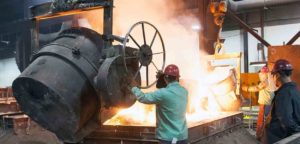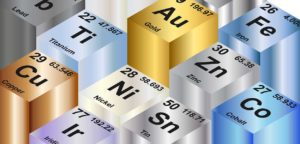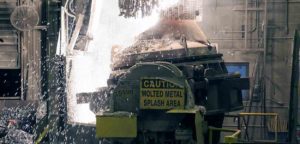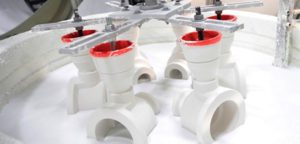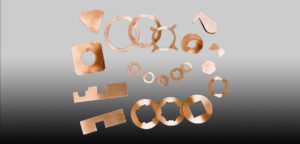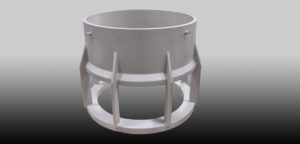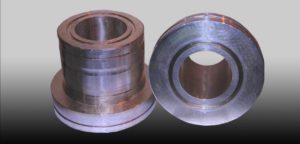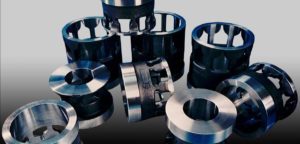Blog Archives
The Pentagon Memorial is designed to honor those who lost their lives in the September 11, 2001 attack at the Pentagon. Each victim’s age and location at the time of the attack have been permanently inscribed into the Memorial by the unique placement and direction of each of the 184 benches. The 184 benches within…
Read MoreThe process of choosing the right metal casting supplier should not be the same as choosing your supplier for bolts, manufacturing equipment, or office supplies. While some may treat metal castings as a commodity, they are far from it and the process of selecting the right supplier for a specific application requires careful consideration. Supplier…
Read MoreThere is more than one way to bake a cake. Ingredients, temperature, bake time, and how many you are serving dictate your approach. Making brownies for the third grade class is not the same as baking an elaborate wedding cake for 350 degrees. The same is true when it comes to selecting a right metal…
Read MoreOverview of Continuous Casting Continuous cast shapes are produced by introducing molten metal into a vertical or horizontal mold that has the ability for rapidly chilling the metal to the point of solidification. The rapid chilling in the mold ensures a fine, uniform grain structure in the solidified metal with higher physical properties than sand…
Read MoreGrade HIGH TENSILE (C86300) Manganese Bronze Description Family of bronzes primarily known for its extremely high strength and ability to resist the corrosive effects of seawater and brine. Often referred to as Yellow Brass. Manganese Bronze Material Properties – Why select this material Tensile strengths range from 60,000 psi to 110,000 psi and are readily…
Read MoreThink of a problem that you face in metal component design or application. Here are some near-net shape manufacturing examples of where leveraging the advantages of near-net shaping have helped MetalTek and a customer work together to solve an application challenge. Maybe you will see a problem you are working to resolve. For more information…
Read More

